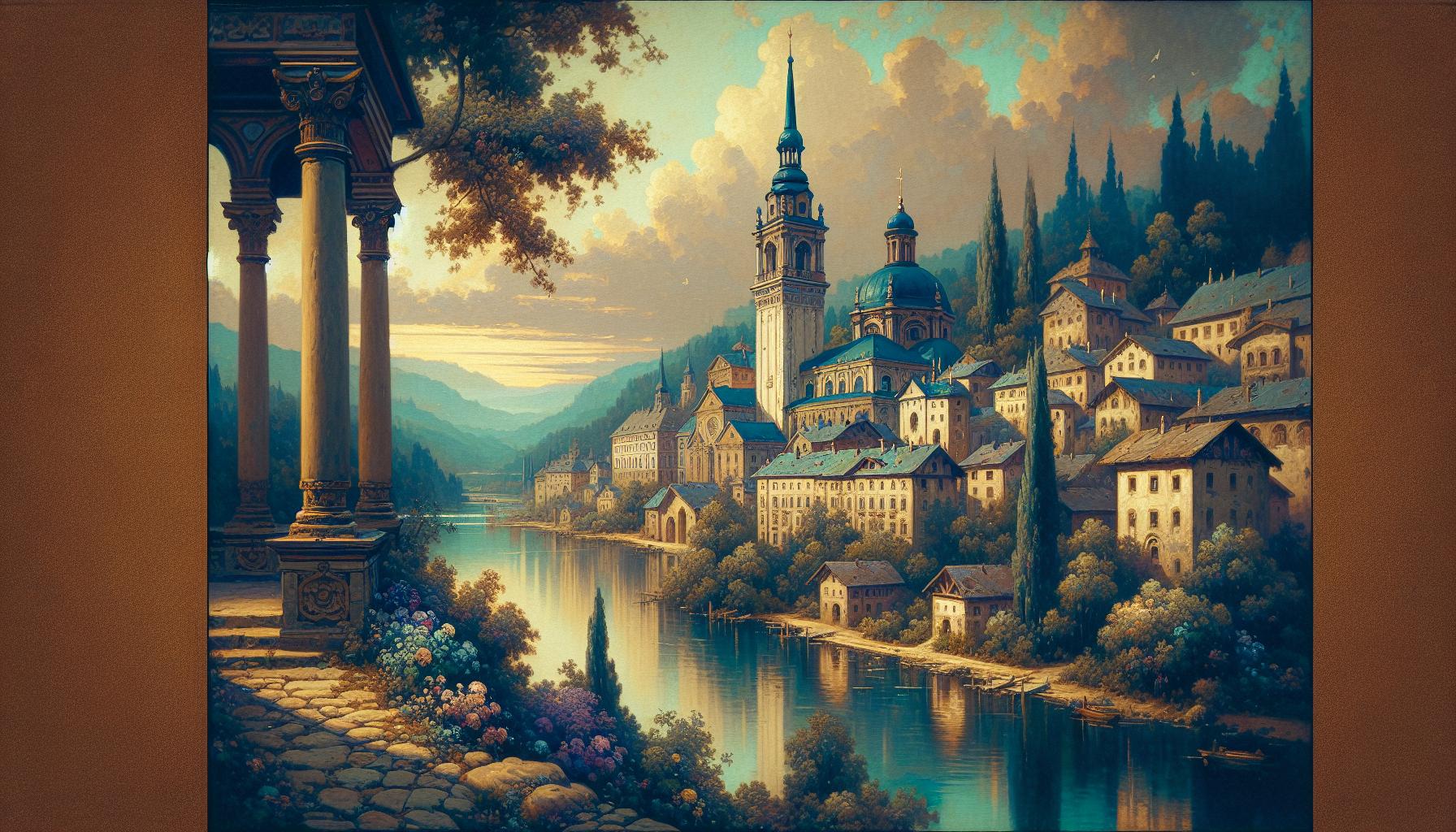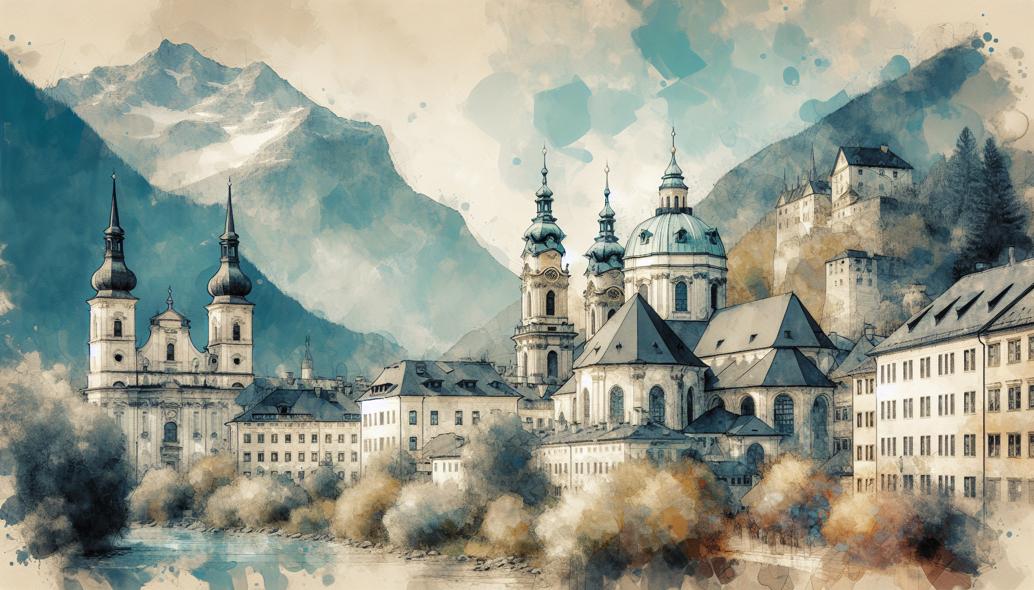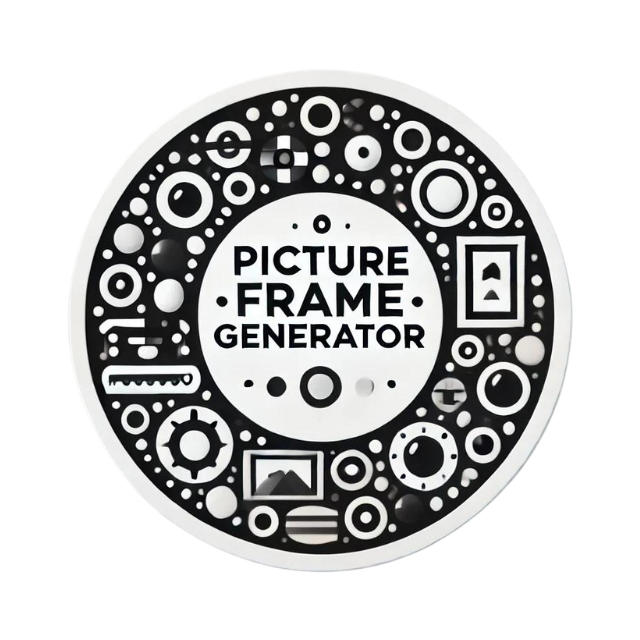Advanced Watercolor - Exploring Unconventional Techniques
Discover the mesmerizing world of advanced watercolor techniques, where artists push the medium's traditional boundaries with unconventional methods like painting on Plexiglas and using organic pigments. Dive in and unleash your creativity!

Advanced Watercolor - Exploring Unconventional Techniques
Watercolor painting has been cherished for centuries, renowned for its delicate washes, the luminosity of its colors, and the fluidity of its medium. As artists strive to break the mold and leave an indelible mark on the art world, it's natural to seek out innovative methods to push the boundaries of this revered medium. Welcome to the immersive world of advanced watercolor techniques, where traditional practices meet experimental play.
Reimagining the Watercolor Palette: Beyond the Conventional
In the realm of watercolor painting, the palette is your playground. Artists accustomed to the conventional palette arrangement now have an opportunity to experiment with hues and tones that challenge traditional norms.
One enigmatic method is to introduce alternative pigments—ones not typically associated with watercolor paints. Consider incorporating spices like turmeric for its rich golden hue, or beetroot powder for its vibrant red. Such organic materials can yield stunning results, translating into a natural, almost ethereal quality on paper.
Revolutionizing Surface Textures: Beyond Paper
When we think of watercolor, paper is often the go-to medium. However, breaking free from this allows for an array of advanced practices, taking the art form to unprecedented heights. Artists can experiment with painting on alternative surfaces like fabric, wood, or even unconventional materials like Plexiglas and metal. The porosity and texture of these surfaces yield different results, challenging artists to adapt their techniques accordingly.
Consider the way watercolor reacts on Yupo paper—its synthetic, non-porous surface can be perplexing but incredibly rewarding. The pigments glide, merge, and resist, creating vibrant and unpredictable effects. Even ordinary found objects, repurposed for your creations, can reveal unexpected possibilities.
Exploring the Use of Resist Techniques
Resist techniques have long been a staple in watercolor painting, primarily through the application of masking fluid. Yet, there are other diverse and inspiring resist techniques that can add depth and complexity to your work.
Wax Resist
Using a wax crayon or a white candle to draw or write on your paper before applying watercolor creates an impermeable barrier. This prevents the pigment from settling on those areas and results in intriguing patterns that preserve the white of the paper and integrate seamlessly with the colored washes.
Salt Texturing
Sprinkling salt onto wet watercolor paint might be a tried and true method, but advanced practitioners can take it further. Different types of salt—from coarse sea salt to fine kosher salt—create different textures. Moreover, combining salt with other ingredients such as fine sand or sugar can enhance granular effects, creating expanses that mimic natural landscapes.

Fusion with Other Mediums: Mixed Media Mastery
Pushing the boundaries of watercolor also means embracing other mediums, creating symbiotic relationships between diverse art forms. Integrating watercolor with ink, calligraphy, or collage elements adds a dynamic layer of depth and richness to artworks.
Alcohol Inks
Alcohol inks, with their vibrant pigmentation and fluidity, complement and contrast traditional watercolors beautifully. Their staining ability on non-porous surfaces can be harnessed to create exceptionally vivid and lasting masterpieces. This methodology invites a playful approach—pouring, dripping, and blowing the inks to form abstract designs that interact organically with the watercolor background.
Unconventional Water Techniques: Beyond Brushstrokes
One of the most exciting realms of watercolor experimentation lies in manipulating how water interacts with pigments. By exploring unconventional methods, artists can breathe new life into their work.
The Ice Cube Technique
Why limit yourself to liquid water? Using ice cubes to melt watercolors creates gradual and highly organic effects. The slow melting process allows the pigment to distribute naturally and unpredictably. This technique is particularly powerful for abstract pieces and backgrounds that require a soft, ethereal touch.
The Spray Bottle Approach
Utilizing a spray bottle filled with water or diluted paint can dramatically alter the texture and composition of your piece. Lightly misting the paper before beginning your painting introduces a wet-on-wet technique but with more control and randomness. Furthermore, incorporating additional tools like sponges or stiff brushes while spraying can create textures evocative of natural phenomena like rain or fog.
The Art of Layering and Transparency
Advanced practices in watercolor aren't just about adding new elements but honing existing skills to unparalleled precision. Employing techniques of layering and managing transparency can add complexity and dimension to your works that captivate and intrigue viewers.
Glazing
Glazing is a methodical technique in watercolor where thin, transparent layers of paint are applied one after the other. Each new layer alters the hue and tone of the previous layers, culminating in deep, lush colors. Mastery of glazing demands patience and a keen understanding of color interplay, as each successive layer can amplify or obscure underlying shades.
Dry Brush Techniques
In stark contrast to the fluid washes of traditional watercolor lies the dry brush technique. Using a brush with minimal water, you can apply rough, textured marks that exude raw energy and emotion. These strokes can create a striking juxtaposition against the soft fluidity of typical watercolor techniques, adding an element of surprise and texture.
Intent and Indeterminacy: Embracing the Unpredictable
Watercolor inherently embodies an element of unpredictability, but for the advanced artist, embracing this indeterminacy becomes a core philosophy. Controlled chaos—balancing intentional strokes with spontaneous flows—can elevate your art to new spheres of expression.
Controlled Bleeding
Bleeding, where one color seeps into another while still wet, is a hallmark of watercolor. By harnessing this technique and blending it with a controlled approach, you can intentionally direct where and how colors merge. Employing bit-by-bit applications of water using tools like pipettes or syringes allows you to manage the spread of pigment to achieve desired effects.
Conclusion
Enriching your watercolor practice with unconventional methods and experimental techniques reveals the boundless potential of this timeless medium. By challenging traditional norms and incorporating diverse materials, surfaces, and methodologies, artists can transcend the usual and venture into a realm of imaginative possibilities.
Exciting new frontiers await those brave enough to explore the unknown with the fluidity and grace of watercolor—a true testament to the ever-evolving nature of fine art.
Happy Painting!
